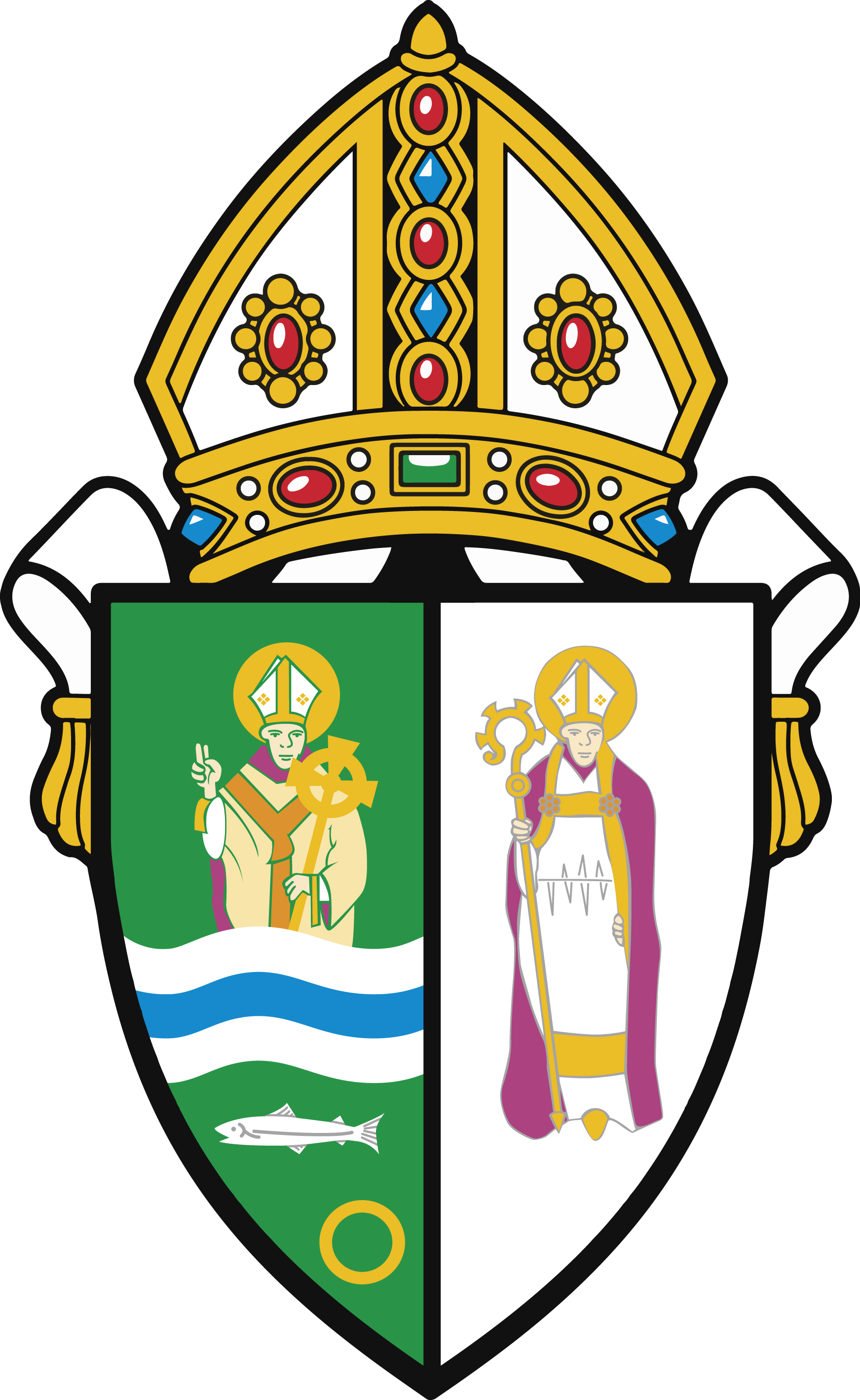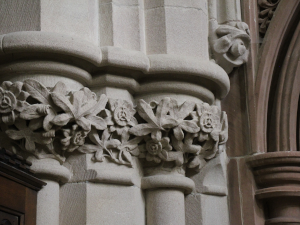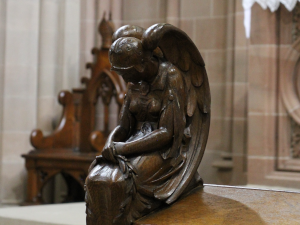In 1688, when James VII fled Scotland on the succession of his son-in-law William of Orange, the people of Dunbartonshire were quick to get rid of the Episcopalian clergy who had been forced upon them. At that time the incumbent of Dumbarton was the Reverend James Donaldson. He was deprived of his charge as Presbyterianism was established in the town yet continued to minister to former members of his flock in a meeting house until his death in 1720. It appears that during the remaining part of the 18th century occasional services were held in the town by visiting clergy.
By the 19th Century the Scottish Episcopal Church was able to re-establish itself locally. In 1824 St John’s was opened in Greenock and some members from Dumbarton crossed the River Clyde in order to attend worship in the new church. By 1837 it was estimated that there were as many at 35 Episcopalians in Dumbarton, many of whom would have been associated with the establishment of the shipyards of William Denny and Archibald Macmillan and other local industries. In the following year a small body of Scottish Episcopalians leased an upper room in Church Street as a place of worship, dedicated to St Patrick.
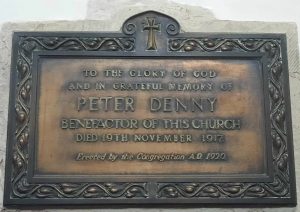
By 1856 the congregation was large enough to warrant the erection of a small Chapel and Parsonage on the Cardross Road, Brucehill. It was dedicated to St Luke to meet the “spiritual needs of a considerable influx of English families who had come to work at the Forge and Foundry in Dennystown and who were housed in the neighbourhood.”
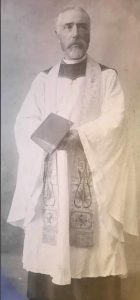
The Reverend (later Dr) William Stephen became the Incumbent of St Luke’s in 1858. Under
him the congregation increased and he initiated the building of a new church and rectory on Dumbarton High
Street (the site of the old Grammar School), designed by the eminent Scottish architect Robert Rowand Anderson. In 1873 the congregation moved to the present building, designed to seat 550 persons and dedicated to St Augustine of Hippo. However, the chief contractor became insolvent early in the build. His failure obliged the Vestry to continue the work during a period of exceptionally high prices at an additional cost of £2,000 of borrowed money and to abandon plans to build a high spire. It was only in 1899 that the burden of debt was eventually removed, and the church was consecrated on 27th August, the patronal festival of St Augustine of Hippo.
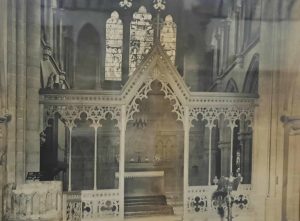
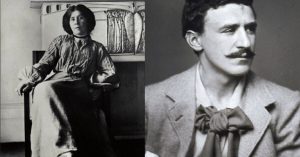
A year later Charles Rennie Mackintosh married Margaret Macdonald in St Augustine’s. Margaret and her sister Frances (who had married Herbert McNair in the church in 1899) lived locally in Dunglass Castle, Bowling.
In the past 100 years work has continued to enhance the building to serve the needs of the congregation and the local community. It is now a grade A listed building. In the 1990s major repair work was done to the floors and roof and 2003 saw the completion of a major restoration programme. A new church hall was built and opened in 2010. St Augustine’s benefits from its location on the High Street and is able to use this to offer outreach to the local community.
